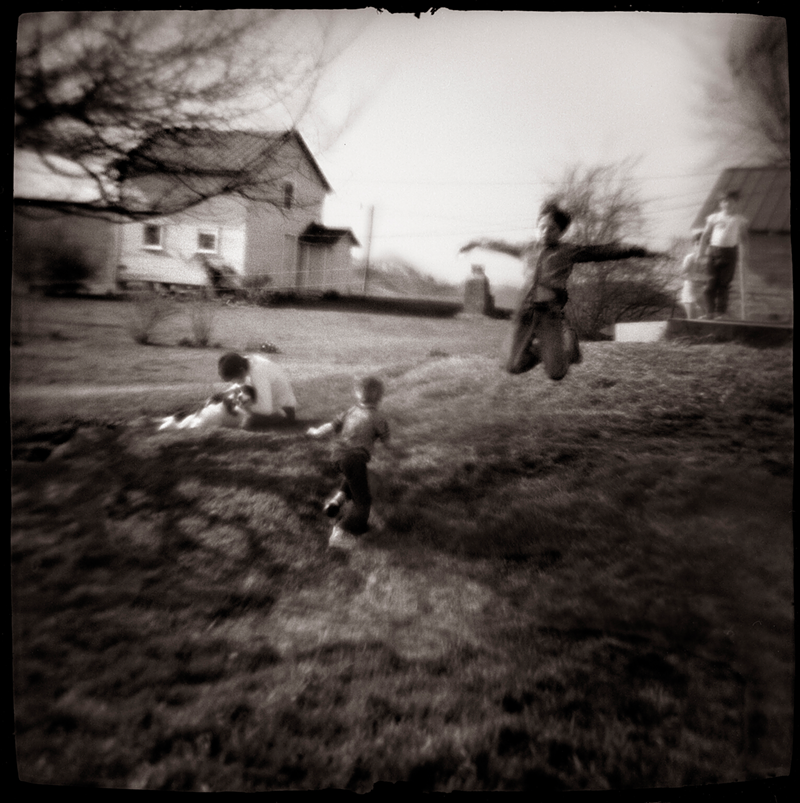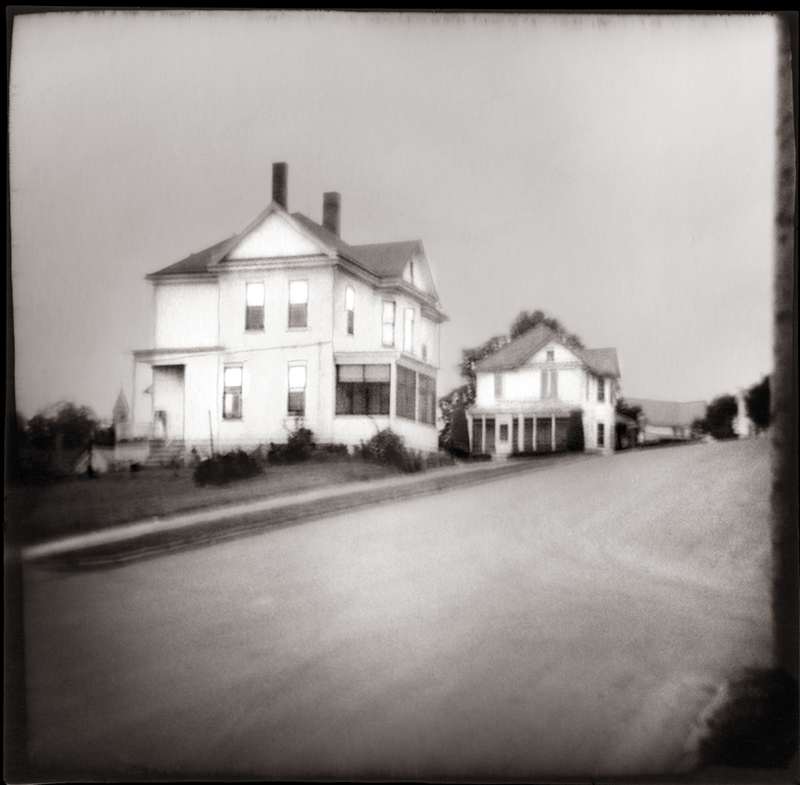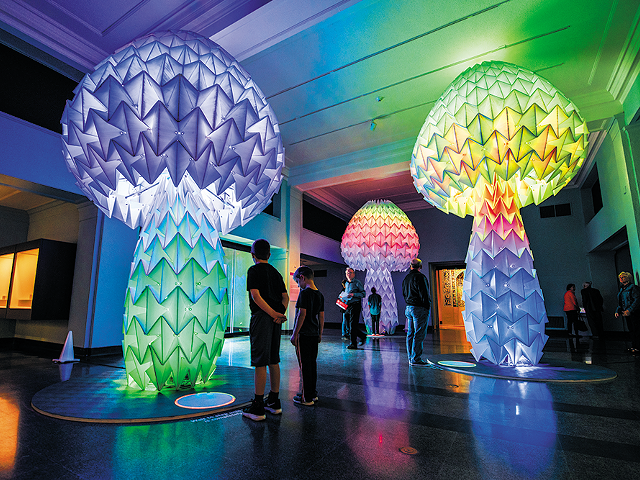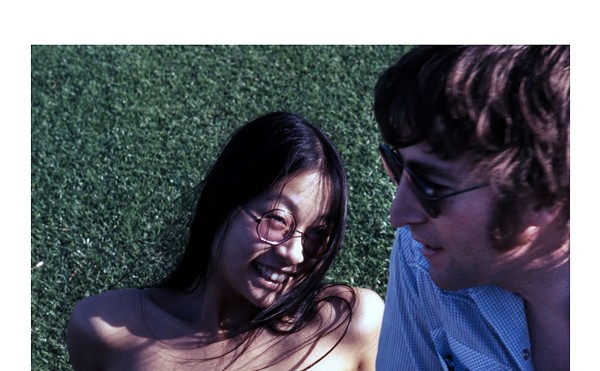“Just about anyone in the photography world can tell you about their IOWA moment,” says Nathaniel Stein, associate curator of photography at the Cincinnati Art Museum.
A square photobook with a lavender cover, IOWA is the only published collection of work by photographer Nancy Rexroth. Initially printed in 1977, it redefined the criteria for an effective photograph, eschewing clarity and sharpness for atmosphere and emotion. Each image was shot with a Diana camera — a toy with primitive specs and a plastic lens that produced blurred, black-and-white prints.
It is Rexroth’s eye that extracted something greater than the sum of the Diana’s ramshackle parts. Produced in rural Ohio — but meant to represent her childhood memories visiting Iowa — the seminal book feels like something even more distant than a dream. Boys float through smeared skies. A flock of chickens liquefies to form a living cloud. A smiling man vibrates like an atom.
The closest most people will get to viewing Rexroth’s work in person is through an ultra-rare copy of the book’s original run (or its 2017 reprint). But that may change soon.
On April 2, the CAM announced its acquisition of The Nancy Rexroth Collection — a set of over 300 photos that includes the complete IOWA collection, previously unseen work from the same period and a number of post-IOWA works printed in various media.
“If you want to understand the IOWA body of work, this is where you’ll come to see it,” Stein says. “The work is represented in other museums, but nowhere else with the sort of scope and completeness that we will represent here.”
Stein says that the acquisition also includes early work that Rexroth produced before attending grad school at Ohio University, before she began working with the Diana camera. Though more decipherable than her more well-known pieces, this portraiture hints at future dreaminess. In “Woman in Kitchen, London, England,” Rexroth’s camera focuses on two dishtowels, which obscure the face of a woman in the foreground. The window in the back of “My Mother, Arlington, Virginia” warps into an IOWAn fog.
Outside the IOWA canon, the collection includes platinum printing — a process that Rexroth published a guide to in the late 1970s — and some more abstract Polaroid transfers created in the ’80s. In the latter category is “Maze,” which superimposes an unfinished web of branching lines atop pastel shapes. If her prior work was a hazy memory, these are something of a loosely-constructed trip.
There’s even some work that Stein and the museum are still devising ways to exhibit.
“In the ’70s, when (Rexroth) was in the extremely productive creative moment (that produced IOWA), she was also working in other processes,” Stein says. “She made 120mm film positives, which in one case she mounted as a slideshow — almost like a motion picture broken up into stills. It’s a completely unseen work, which is very much of the 1970s moment, that we should account for in our histories of photography, and I’m excited to bring that to the public.”
When Stein was hired by the CAM in 2017, he wasn’t yet aware that Rexroth lived in Cincinnati. He was, however, in search of ways to better represent women artists in the museum’s collection, having undergone his aforementioned “IOWA moment” while previously working at the Philadelphia Museum of Art.
It wasn’t until he got ahold of the museum’s Friends of Photography list that Rexroth entered his radar.
“Here’s the email that looks like the email of a person named Nancy Rexroth,” he remembers. “I’m thinking, ‘Could that be?’”
It was. And it wasn’t long after Stein arrived in Cincinnati that his conversations with Rexroth began.
Shaping the acquisition of The Nancy Rexroth Collection took place over an extensive series of conversations in which the pair looked over the entire archive with one another.
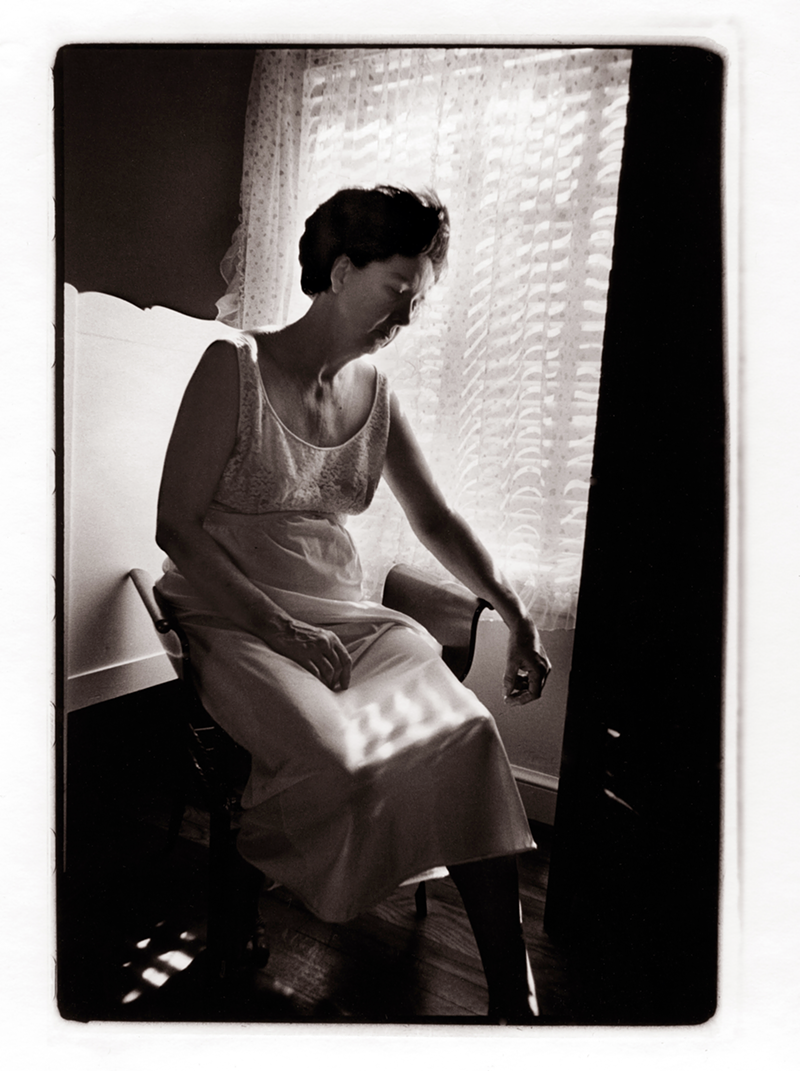
Though Rexroth initially expected the museum to take particular interest in the IOWA collection, Stein stressed the importance of highlighting her entire career and development as an artist.
“That’s the sort of contribution that we as an institution are making to the larger field of photography — this collaboration with her,” Stein says.
Since their initial meeting in a library study room, the pair have become close friends. They have lunch regularly and brainstorm thank you notes to museum donors. Rexroth leaves presents for Stein’s son on her porch.
“I’m moved and honored that this has transpired in my life, that she’s part of my life now,” he says.
Due to the logistical challenges of displaying a large body of work — research, collaboration with other institutions, conservation — it will likely be five or more years before we see a full exhibition of The Nancy Rexroth Collection.
In between that time, though, the museum will find ways to share bits and pieces of what becomes available.
“I don’t want to acquire this and lock (Rexroth’s work) up for six years,” Stein says. “Within the next year or so, there will be a small feature of five to eight prints that shows some of the real gems.”
That presentation will be in the CAM’s new acquisition feature gallery near the front of the museum.
If you’re itching to see Rexroth’s work ASAP, you can purchase a reprinted version of IOWA via the University of Texas press.
In a time where your friends’ Finsta account is laden with intentionally blurred selfies and Spotify playlists are filled with atmospheric lo-fi Pop, perhaps the book is more of the moment now than it has ever been.
For more information or if you would like to make gift toward the acquisition of The Nancy Rexroth Collection, visit cincinnatiartmuseum.org/rexroth.

